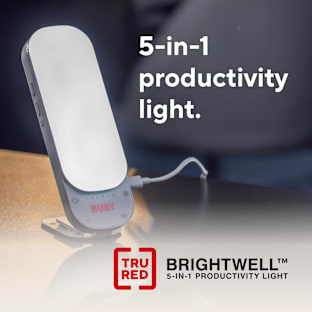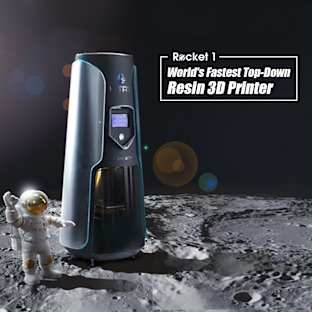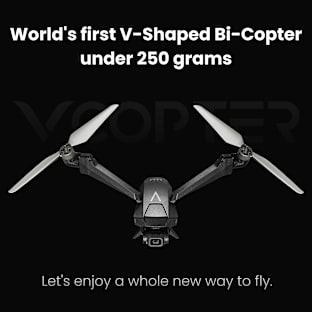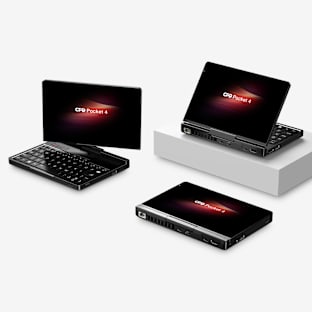(If cannot visit the Youtube, here is another video link.)
Short Summary
I
am an electronics maker and a
member of the Xinchejian hacker space in Shanghai.
As a maker, the Arduino UNO is a must-have tool. ISP and FTDI add-ons are frequently necessary when designing new boards or making some stuffs. So I
integrated them into the UNO board. I also made some improvements on the UNO.
UNO++ is suitable for both the experienced user and for beginners, combining ease of use with the ability to perform more advanced tasks without requiring more parts.
Since the UNO++ is based on Arduino UNO, it is also open hardware.
I have made a prototype of UNO++.
I really appreciate your help in making this project happen.
About the UNO++
A, Overview: UNO++ = UNO + FTDI(USB to Serial) + ISP programmer
![]()
B, Features:
It has 3 modes: Normal, FTDI and ISP. I have modified the code of ATMEGA16U2, so that you can set up those modes by Serial Monitor instead of using switches.
1, Normal Mode:
In normal mode, UNO++ is an Arduino-UNO compatible board. The differences are as follows:
-
When uploading to UNO++, the RX header pin is disconnected from the ATMEGA328. So you don't need to unplug your serial module from the header to upload programs to UNO++.
-
It is possible to enable and disable RESET-EN to ATMEGA328 via the Serial Monitor. There is no need to cut any trace or solder pads.
-
A "Base-Board" is included. Attach it to cover the spiky pins on the bottom of the UNO++.
2, FTDI Mode
UNO++ can be used as a USB to Serial device. Arduino Pro Mini, LilyPad, etc can be connected directly to the FTDI socket.
3, ISP Mode
UNO++ uses the stk500v1 protocol to program AVR Mega chips. You can even program the bootloader into UNO++'s own ATMEGA328 by looping back an ISP cable, as the ATMEGA16U2 works independently from the ATMEGA328.
C, Setting: use Serial Monitor to configure settings
![]()
D, Technical Specs: (Same with Arduino UNO)
-
Microcontroller:
Atmega328P@16MHz &
Atmega16U2
-
Operating
Voltage: 5V
-
Input
Voltage (recommended): 7-12V
-
Digital
I/O Pins:14 (of which 6 provide PWM output)
-
PWM
Digital I/O Pins: 6
-
Analog
Input Pins: 6
What We Need
The
funding goal is based on a minimum production quantity of 100 units. Money raised will be used to
begin the manufacturing process.
What You Get
UNO++ including the Base-Board. For more information, see Perks.
![]()
Note: There is an additional shipping fee that will added
during checkout.
TimeLine
![]()
Risks & Challenges
The
prototype of UNO++
has been tested for over a month and has been updated to version 2. However, there could always be a little risk in manufacturing. But, I have been working with the factory for over a year, and I believe the risk can be controlled.
Special Thanks to
Hacker Space: Xinchejian, Mushroom Cloud
Friends: Chris, Sean, Jose, Ricky, Drink and ...























































